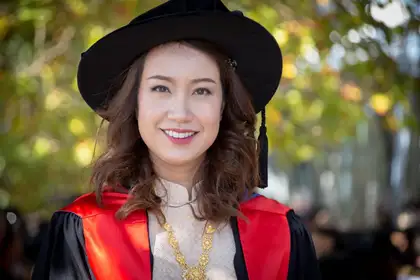
Seven staff members were conferred with doctoral degrees among the more than 1400 graduates across the six Auckland ceremonies last month.
Dr Pornchanoke Tipgomut, lecturer in the School of Communication, Journalism and Marketing, conducted a series of studies in her home country of Thailand to better understand whether cosmetic surgery makes models more effective in advertising imagery.
Her first study tested whether consumers could even tell if a model had undertaken cosmetic surgery. She found only a small number of consumers recognised if a model had a minor surgery, but once three or more modifications had been made to the face, recognition increased to over 50 per cent.
“I’m not making any judgements about whether cosmetic surgery is good or bad – I think it’s a personal decision,” she says. “But, as a marketer, I would like to know if a model’s cosmetic surgery influences consumers’ purchase intentions.”
Subsequent studies analysed how this affected consumers’ perception of the model’s attractiveness and the effectiveness of the model’s image in advertising material.

Addressing inequity is an increasingly important undertaking for public health practitioners and researchers. Currently, the majority of attention is placed on those individuals perceived as being disadvantaged. A much smaller proportion of attention is given to examining societal privilege as a determinant of health status.
Dr Belinda Borell, a researcher at the Social and Health Outcomes Research and Evaluation (SHORE) Centre, used a kaupapa Māori (customary) approach to examine the role of societal privilege in the creation and maintenance of ethnic health disparities in Aotearoa New Zealand. She found that privilege, to its recipients, is not only important in what is offered in power, opportunity and status, but also in what is kept hidden, silenced and repressed.
Dr Borell’s research has provided valuable insight into understanding how kaupapa Māori methodologies can illuminate these hidden and silenced parts of society to benefit all New Zealanders and improve health equity.
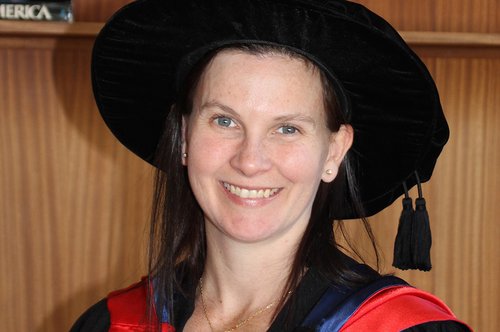
Despite the popularity of YouTube as an online platform, little research has been conducted on the user-generated textual responses as a form of engagement on the site.
Dr Victoria Kerry’s research analysed what “YouTubers” say about themselves in comments responding to the passing of New Zealand’s same-sex marriage law.
A linguistics lecturer in the School of Humanities, Dr Kerry proposed a new theoretical framework to understand the complexities of YouTube interaction and reworked an existing model of “stance-taking” used in offline contexts. She argued that YouTubers’ self-referencing may be used to warrant stance and users’ right to enter the space, correct other YouTubers’ assumptions, and serve as a tool for making sense of YouTubers’ online and offline worlds
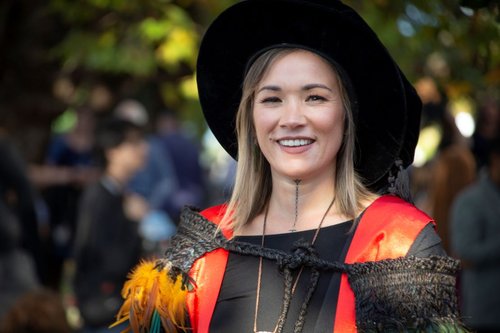
For her PhD research SHORE Centre research officer, Dr Teah Carlson set out to evaluate the effectiveness of a cardiovascular disease medicines health literacy intervention.
Kaupapa Māori evaluation was the guiding approach for gaining insights about the intervention from patients/whänau and Ngāti Porou Hauora health practitioners directly involved in the intervention as well as the wider Ngāti Porou community.
Her research set to broaden the insights into health literacy approaches through Māori and international indigenous key informant interviews, synthesising their insights with analyses of the evaluation data. As well as the focus on health literacy as a construct, her research broadened understandings around the praxis of kaupapa Māori evaluation in the context of an iwi-centred approach.
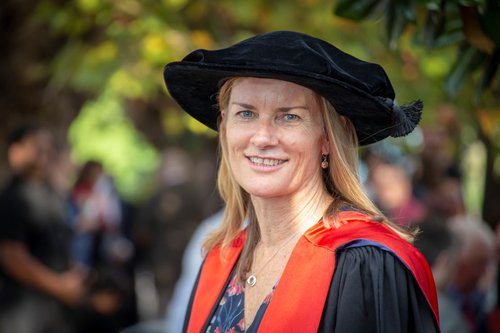
Dr Wendy O’Brien, laboratory manager in the School of Sport, Exercise and Nutrition, examined the physical activity profiles of Māori, Pacific and European women to understand ethnic differences in physical activity and their implications for body composition and metabolic health.
Ethnicity was a major factor in the types and amounts of physical activity performed and in the implications of physical activity on metabolic health markers. Tailoring physical activity recommendations for specific ethnic groups could have major positive health consequences for New Zealand women.
Dr O’Brien developed suggestions for the activities most appropriate to each ethnic group to promote physical activity in everyday life and potentially improve the health of a large portion of the New Zealand population..

School of Management senior tutor Dr Lili Mi looked at how multinational enterprises achieve their strategic intent through the fit between strategic intent and firms’ foreign direct investment strategies in location choice, entry mode, entry timing and investment intensity.
Dr Mi employed two strategic fit approaches: the strategic fit as matching and the strategic fit as gestalts using multiple statistics techniques. She found that, based on the fit as matching approach, foreign direct investment strategies match strategic intent, but the intent-strategy match is not universally valid for all the intent-strategy combinations. Overall, strategic analysers performed better than the other fit profiles.
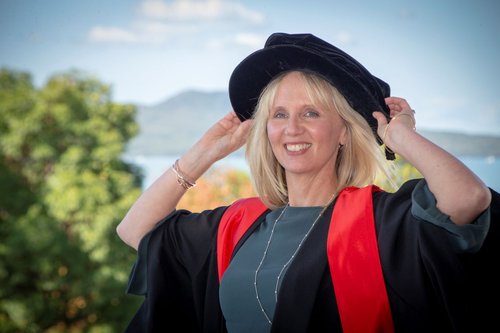
Community pharmacies are unique spaces of healthcare, dispensing medicines but operating within a retail setting. Dr Kathryn McGuigan, a lecturer in the School of Psychology, spent time observing and interviewing pharmacy staff and customers in Life and Unichem pharmacies to examine their routines and practices.
Findings revealed that pharmacies are complex hybrid spaces, with distinct areas for allopathic and alternative medicines, beauty and general retail. These areas exhibited distinct physical and symbolic boundaries, which reflected and constrained staff work practices.
How customers utilised the pharmacy shaped the interactions between people, place and product. Staff used emotion management to create a sense of community and care and relieve tensions of working in this hybrid space. Customers used the pharmacy interchangeably as a healthcare space and a shop.